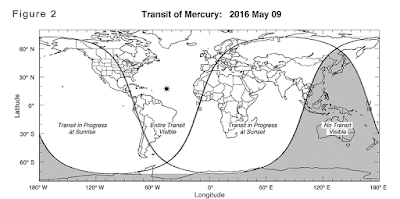Hey there!, I know it has been a long time since I last wrote, actually to be honest the habit just broke. I know that perhaps some of you might be waiting eagerly for my post and here I am back!, but only for this post. I have decided to stop blogging for three years and complete my school first and then there will be loads of posts all being mysterious as always.
This post is to brief you about "THE HIGGS BOSON", a particle whose discovery changed our perspective of the universe for ever! I have participated in a contest SPACE Astro Podcast Contest 2016.
In this I had to take any topic related to astronomy and explain it through the means of a podcast. So I took one of the most mysterious discoveries of all time- 'The Higgs Boson'.
- Maximum Number of Likes
- Most Creative Video
- Most Innovative Topic
I request you to help me out in this as I really need your support !
Thanks a Tonne!
By:-
fend me Instagram: astro_avi




















